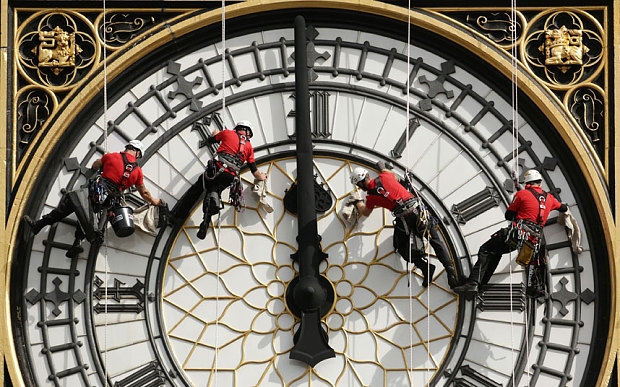IDC said that second and third-generation products should reach the market and these new devices will build upon the hardware and software of their predecessors and answer some of the shortcomings and concerns that potential customers have.
According to IDC, the worldwide wearable device market will reach a total of 111.1 million units shipped in 2016, up a strong 44.4 per cent from the 80 million units expected to ship in 2015. By 2019, total shipments will reach 214.6 million units, resulting in a five-year compound annual growth rate of 28 per cent, said IDC.
Jitesh Ubrani, senior research analyst att IDC said the most common type of wearables today are fairly basic, like fitness trackers, but over the next few years we expect a proliferation of form factors and device types.
Ubrani predicted that there will be smarter clothing, eyewear, and even hearables (ear-worn devices) which are all in their early stages of mass adoption.
“Though at present these may not be significantly smarter than their analog counterparts, the next generation of wearables are on track to offer vastly improved experiences and perhaps even augment human abilities," Ubrani said.
One of the most popular types of wearables will be smartwatches, reaching a total of 34.3 million units shipped in 2016, up from the 21.3 million units expected to ship in 2015, IDC said.
By 2019, total shipments will reach 88.3 million units resulting in a five-year CAGR of 42.8 per cent.
Ramon Llamas, research manager for IDC's wearables team said that smartwatches have evolved from being extensions of the smartphone to wearable computers capable of communications, notifications, applications, and numerous other functionalities.
"The smartwatch we have today will look nothing like the smartwatch we will see in the future. Mobile connectivity, health sensors, not to mention the explosive third-party application market all stand to change the game and will raise both the appeal and value of the market going forward."
Samsung's Tizen stands to be the dark horse of the smartwatch market and poses a threat to Android Wear, including compatibility with most flagship Android smartphones and an application selection rivaling Android Wear, IDC noted.
Moreover, with Samsung, Tizen has benefited from technology developments including a Qwerty keyboard on a smartwatch screen, cellular connectivity, and new user interfaces. It's a combination that helps Tizen stand out, but not enough to keep up with AndroidWear and watchOS.
Print this page
Published in
IoT
Wearables to get bigger next year
Up to 111.1 million units next year
The beancounters at IDC have added up all the numbers and divided by their shoe size and come up with the conclusion that next year the wearable device market will see continued growth.

